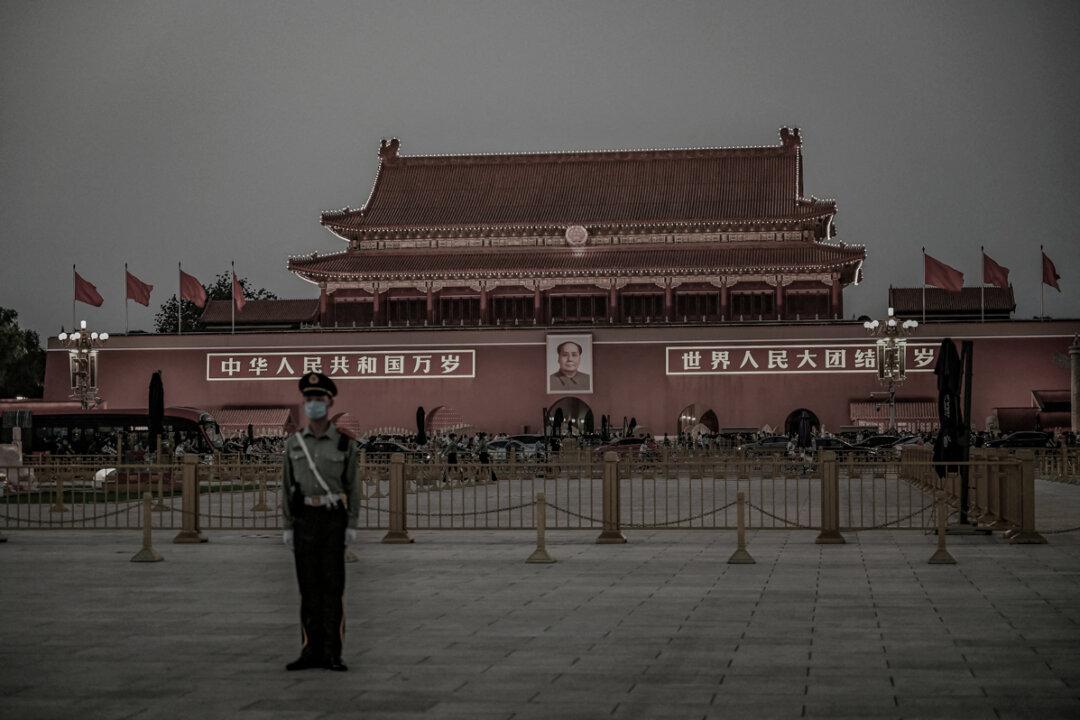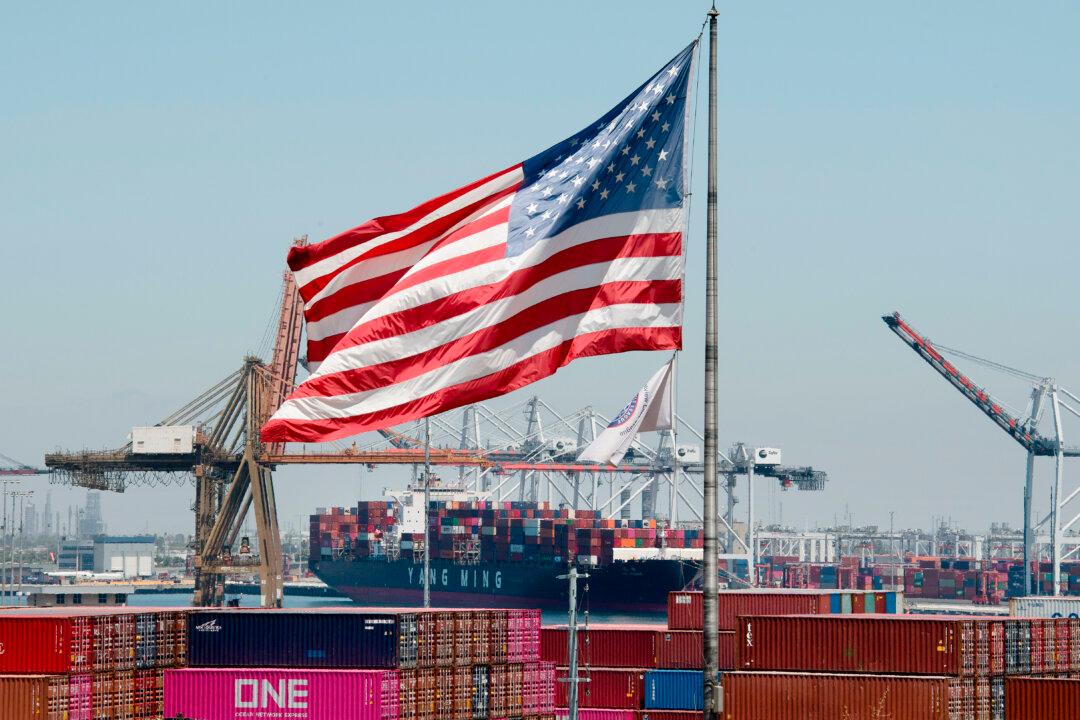Commentary
Policymakers and analysts worldwide are grappling with how to address the China challenge. Even many people who acknowledge the broad threat posed by the Chinese regime across a variety of domains struggle to formulate clear plans to address these threats. So how should the world respond to the threats posed by the regime?





